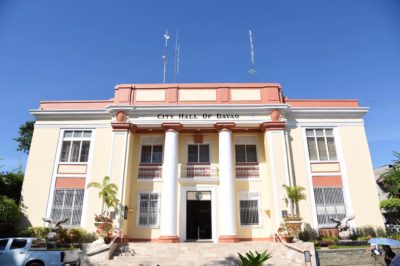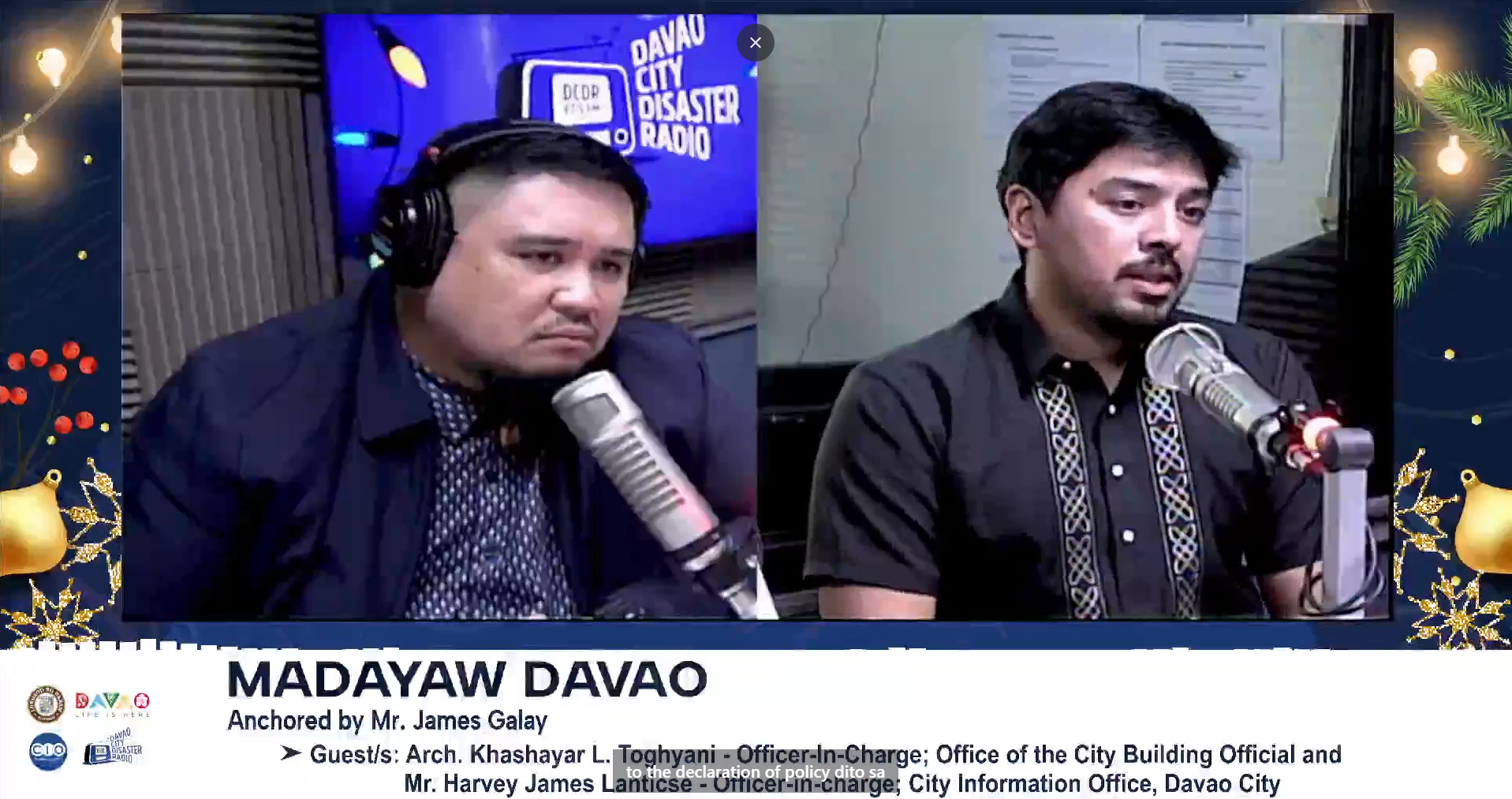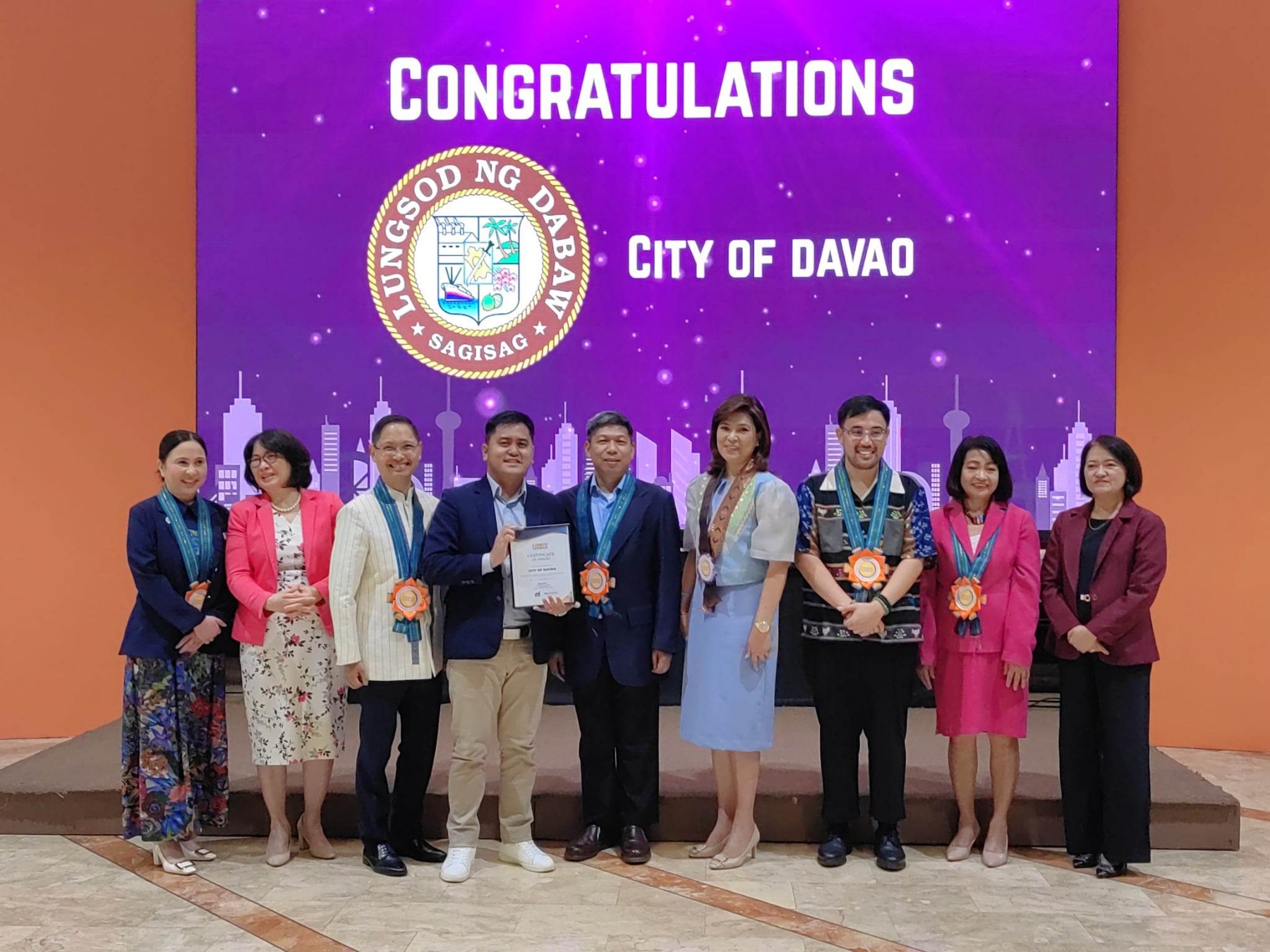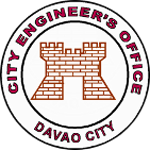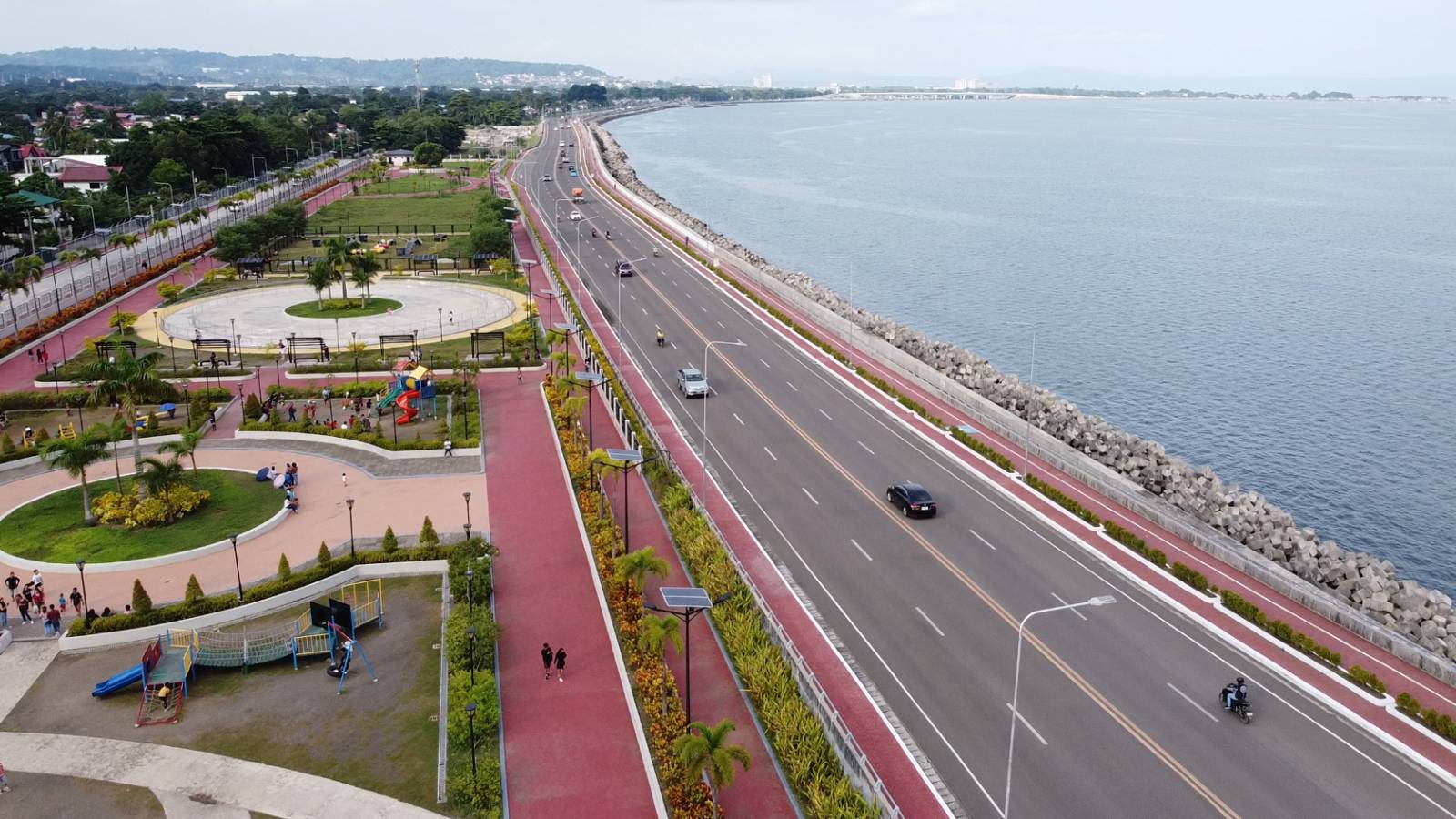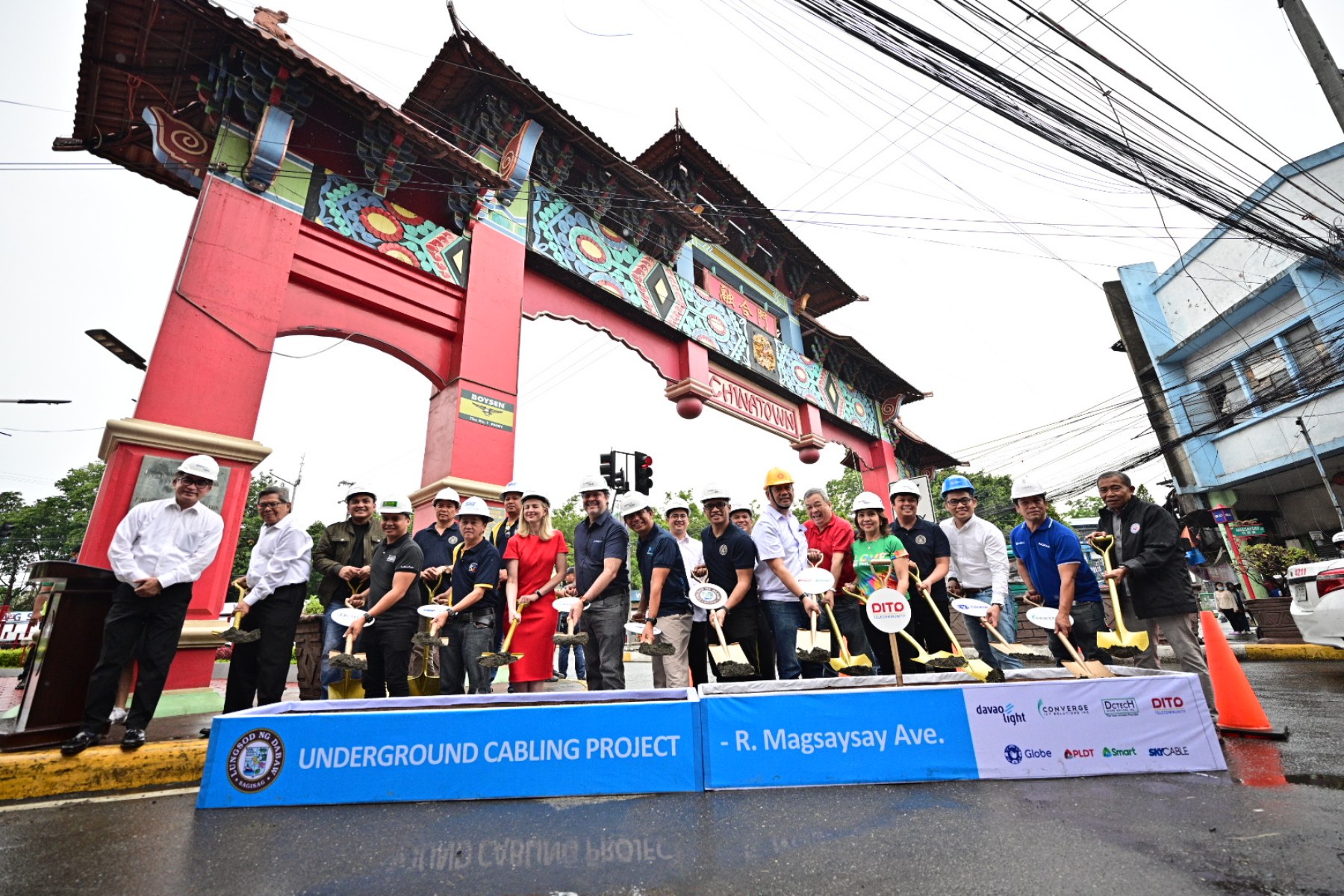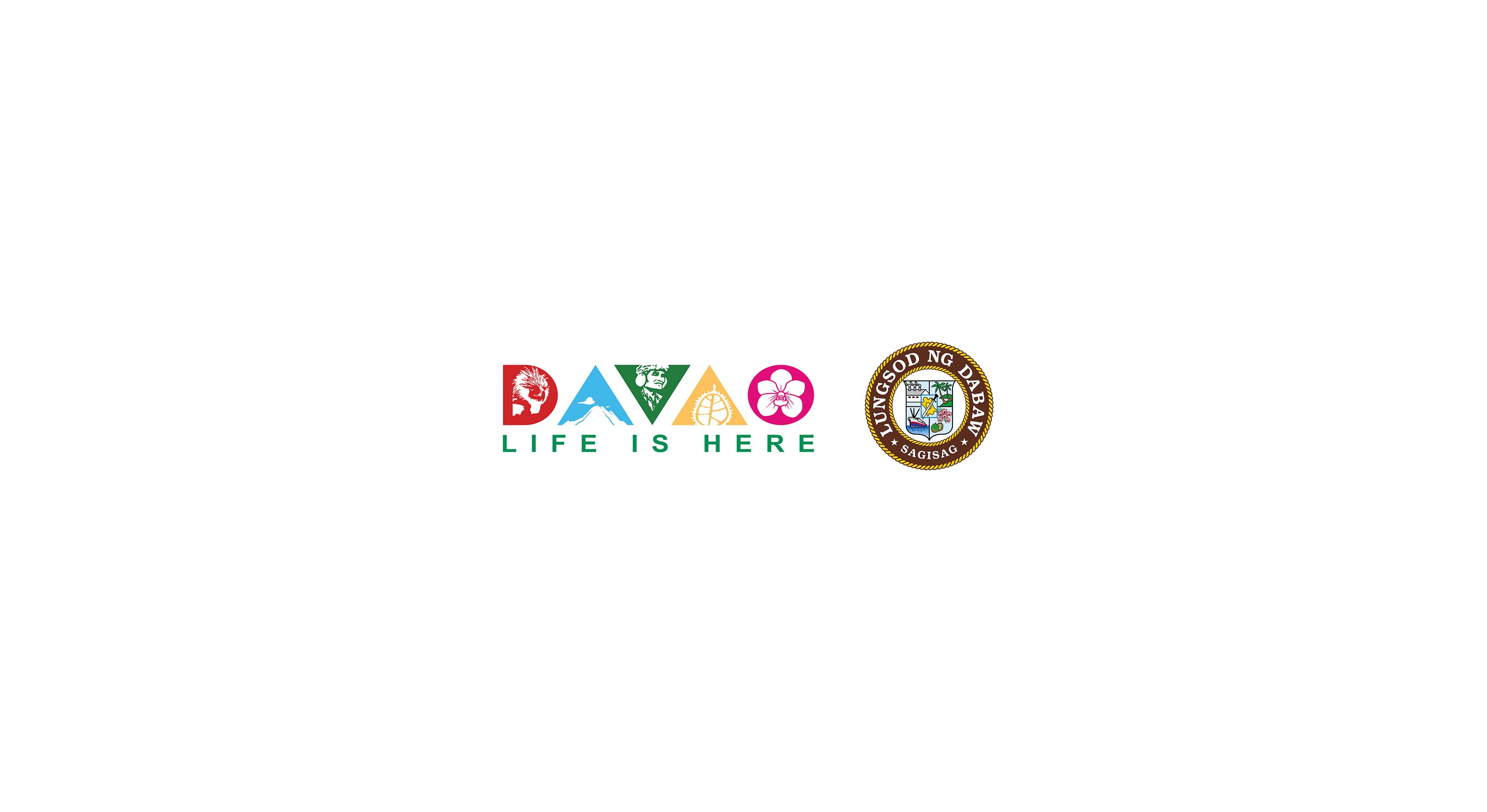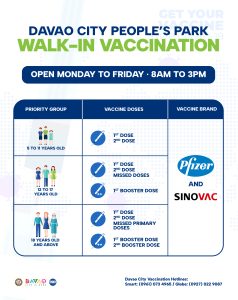Around P2-billion investments for various infrastructure projects have been poured in by the government to mitigate the flooding problem in La Verna area which is only one of 41 problem areas in Davao City for flooding.
These flood-mitigating projects funded are either ongoing or in the pipeline, said Engr. Ivan Cortez, the Head of the City Planning and Development Office (CPDO) during a Virtual Forum on Flooding on Wednesday, November 24, 2021.
For La Verna area, Department of Public Works and Highways (DPWH) funded in 2021 the P100 million for the completion of the pumphouse; P50 million for the Construction of Retarding Basin; P105 million for the improvement of La Verna Creek; and, P3 million for the rehabilitation/improvement of the drainage system.
The DPWH proposed projects for 2022 in the same area include the P395 million worth of construction of drainage structure and P340 million construction of retarding basin. For 2023 are the P300 million construction for retarding basin and P500 million improvement of the La Verna Creek.
Also proposed for funding by the Japan International Cooperation Agency (JICA) is the worth the P507 million construction, land acquisition, and compensation for Sasa Creek Drainage Area.
Cortez also presented these along with other flood mitigating infrastructure plans of the City Engineers Office (CEO), DPWH, and JICA for the other 40 areas that have been geotagged by the Davao City Risk Reduction and Management Office (CDRRMO) to constantly experience flooding caused by the swelling of Davao River, Matina River, Lasang River, overflow of highly silted canals or creeks. Some of these are identified as low elevated areas or areas on high elevation but are lower than their surrounding areas.
Other causes identified in the report are the lack of absorptive capacity, clogged waterways, old drainage systems, improper waste disposal.
Cortez said that the areas with flood incidents were already part of the initial study conducted by JICA.
“We have a present engagement with JICA right now. They are focusing on the Davao River, but the initial study and the master planning on flood control and drainage project for JICA Involve the three main rivers, Davao River, Matina River, and Talomo River,” Cortez said.
According to the report presented in the Forum, the swelling of the Davao River caused flood incidents to 15 out of 41 identified flood incident areas, which can be clustered based on proximity of incidents: Jade Valley-Waan-El Rio; Maa-Barangay 10-Barangay 8-A; and Matina Crossing- Barangay 76-A- Barangay 5-A- Barangay 2-A.
For Jade Valley-Waan-El Rio, Cortez reported that the DPWH has three ongoing projects namely construction of concrete revetment at Davao River, Davao Bridge Upstream Section and construction of drainage structures, CEO also proposed the construction of a flood wall, drainage system, and open canal, the JICA study proposed three retarding ponds to be located in Barangay Tigatto, Barangay Waan and El Rio, Barangay 19-B; they also propose river widening and cut-off channels.
For Maa-Barangay 10-Barangay 8-A area, there is an ongoing DPWH construction of flood mitigation structure and construction of revetment; JICA also proposed cut-off channel, retarding pond, river widening; and CEO also proposed a flood wall.
For Matina Crossing- Barangay 76-A- Barangay 5-A- Barangay 2-A, the DPWH has an ongoing revetment along Davao River, construction of drainage system at Kabacan, Ecoland and it proposed additional construction of revetment and construction of Esplanade in 2022; the JICA study also proposed for river widening, while CEO proposed the construction of Drainage system at Along Alley Near Soco-Agro Compound Barangay 76-A.
Also, the report showed that a total of 4,900 were affected by flooding incidents in Maa, Barangay 10, Barangay 8-A areas, while 4,933 families were affected in the Matina Crossing, Barangay 76-A, Barangay 5-A, Barangay 2-A areas.
To avoid future flood incidents affecting number of families, Cortez highlighted seven (7) recommended actions including the geotagging of entire coverage of flood incidence, accurate risk mapping, finding alternative routes for drainage outfall, strictly following the contour maps by JICA for all the incoming drainage projects, and doing resurvey to correct defects; restore natural waterways; regulate earth-filling activities; pursue reopening of blocked drainage even if it requires land acquisition; and, implement the recommended JICA flood control projects by DPWH and CEO.
He underscored that that city has areas with low elevation at 0-200 meters above mean sea level (mamsl), such areas are considered as the floodplains. Due to geo- physical characteristics of the plains, there will always be areas that will experience flooding due to a combination of precipitation (rains and storm) and high tide for low lying areas and disproportionate draining for elevated areas which are low compared to its surrounding areas.
“The situation will get worse if the absorptive capacities of our plains are continually diminished, wetlands are earth-filled, the highlands are stripped of its forest, and when there is a complete disregard of the usual role of the plains to host vast and massive quantity of water during precipitation,” Cortez said.
Cortez advised Dabawenyos to always check the elevation and contour maps and to conduct due diligence when buying investing and building properties within the city.
CPDO Assistant Department Head Roy Ryan Rigor in his talk highlighted the current policies related to flood-control, land use prohibition, and the existing provisions in Floodway Mitigation Sub-Zones under the Davao City Zoning Ordinance 2013-2022. He said that in the proposed City Land Use Plan 2022-2028, a High Risk to Flood Overlay Zone added in the Zoning Ordinance. This means that areas under the High Risk to Flood Overlay Zone are subject to different set of regulations related to flooding.
City Councilor Diosdado Angelo Mahipus Jr., who was also one of the speakers during the Forum, discussed the proposed policies to improve drainage and water absorption quality of the plains, the salient and the prohibited acts of the proposed “Davao City Waterways, Ponding areas, and Wetlands Protection Ordinance,”.
For his part, CDRRMO Chief of Operations and Warning Section, Rodrigo Bustillo emphasized the do’s and don’ts before, during, and after flooding incidents. He said that the city has intensified its river monitoring with the six high-definition river cameras that monitor the Lipadas River, Talomo River, Matina River, Davao River, Bunawan River, and Lasang River. The office also has established Automated Weather Monitoring Stations across strategic locations providing scientific-based data relative to rain volume and water level.
Bustillo also advised Dabawenyos to heed to warnings provided by their office through radio communication and also adhere to pre-emptive evacuation upon the triggering of sirens.
The virtual forum was attended via Zoom by members of non-government organizations, environmentalist groups, barangay captains, and it has been publicly aired via Facebook Live. CIO

